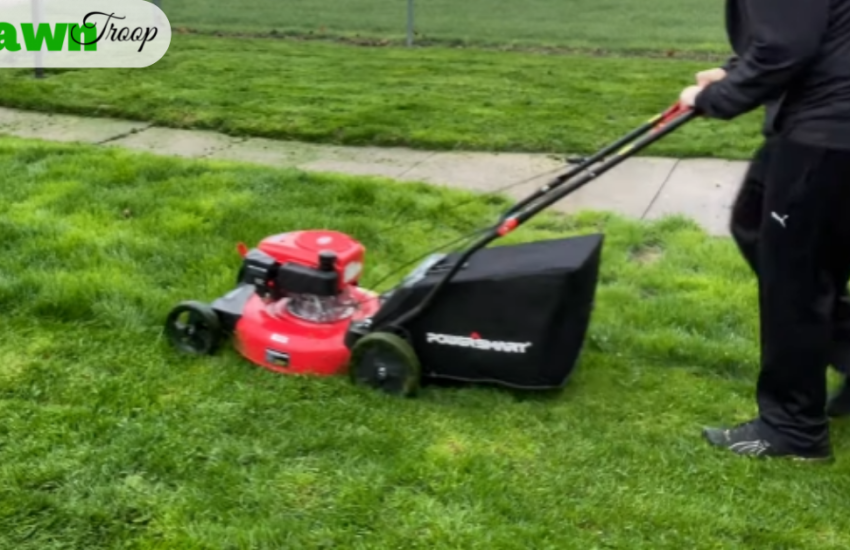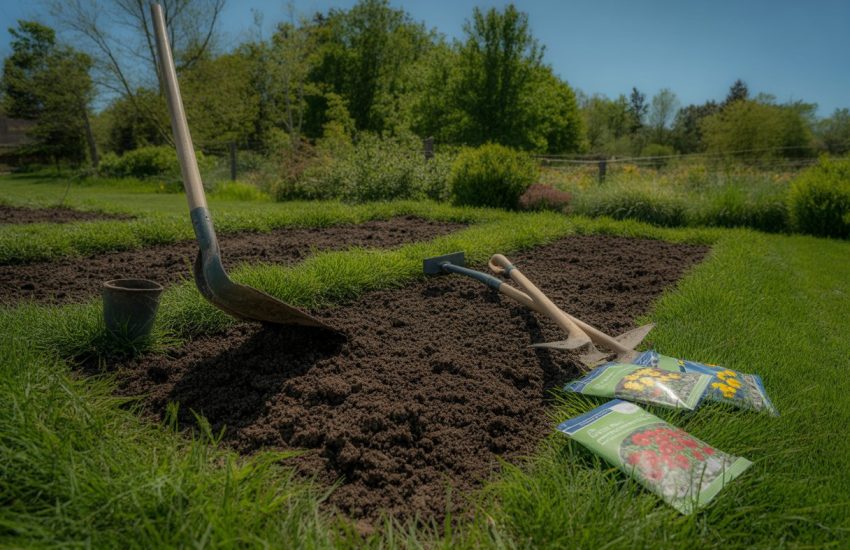How to Care for Desert Rose: Quick Tips and Tricks
Desert rose, also known as Adenium obesum, is a beautiful succulent native to Africa and Arabia. Its unique shape and stunning flowers make it a popular choice among gardeners and plant enthusiasts. However, caring for desert rose can be challenging, especially for those who are new to succulent gardening.

To ensure that your desert rose thrives, it is important to understand its specific needs. This includes providing the right amount of sunlight, water, and nutrients. In this article, we will cover everything you need to know about caring for desert rose, also known as Sabi star, mock azalea, and impala lily. Whether you are a seasoned gardener or a beginner, this guide will help you keep your desert rose healthy and beautiful.
Caring for Your Desert Rose
Optimal Growing Conditions
Desert rose is a succulent plant that requires optimal conditions to thrive. It loves full sun and warm temperatures, making it an ideal outdoor plant in hardiness zones 10-11. However, it can also be grown as an indoor plant in a sunny spot.
To ensure good growth, the plant needs well-draining soil with good drainage. During the summer, spring, and fall, it should be watered regularly, but it should be allowed to go dormant during the winter months.
Watering and Feeding
Watering is crucial for desert rose care. Over-watering can lead to root rot, while under-watering can cause the plant to wilt and die. During the growing season, the plant should be watered when the top inch of soil is dry to the touch.
Liquid fertilizer can be added to the water every two weeks during the growing season to promote healthy growth. However, it is important not to over-fertilize as this can cause leaf drop and damage to the plant.
Soil and Repotting
Desert rose requires well-drained soil, and cactus soil mixed with perlite is an excellent choice. The pot should have drainage holes to ensure good drainage.
Repotting should be done every two to three years, or when the plant has outgrown its current pot. When repotting, it is important to use fresh soil and to avoid damaging the roots.
By following these simple tips, you can ensure that your desert rose thrives and remains healthy for years to come.
Preventing and Treating Problems
Pest and Disease Management
Desert rose plants are generally hardy and resistant to pests and diseases. However, like any other plant, they can still be susceptible to certain problems. The most common pests that can attack desert roses include mealybugs, aphids, and spider mites. These pests can be controlled by regularly inspecting the plant and using appropriate insecticides or natural remedies.
Powdery mildew is a common fungal disease that can affect desert roses. It appears as a white or gray powdery coating on the leaves and stems. To prevent powdery mildew, avoid getting water on the leaves and provide good air circulation around the plant. If powdery mildew does occur, it can be treated with a fungicide or a mixture of water and baking soda.
Root rot is a serious problem that can occur in desert roses if they are overwatered or planted in poorly-draining soil. To prevent root rot, ensure that the soil is well-draining and allow the soil to dry out between waterings.
Pruning and Propagation
Pruning is important to maintain the shape and health of desert rose plants. Prune yellowing leaves and lanky stems to encourage new growth and a fuller appearance. It’s best to prune in the spring or summer when the plant is actively growing.
Propagation of desert roses can be done through seeds or cuttings. To propagate through seeds, collect the seeds from the plant and plant them in a well-draining soil mix. To propagate through cuttings, take a cutting from a healthy stem and plant it in a well-draining soil mix. Keep the soil moist and provide bright, indirect light until the cutting has rooted.
Overall, by regularly inspecting the plant, providing proper care, and taking preventative measures, most problems with desert rose plants can be avoided.


